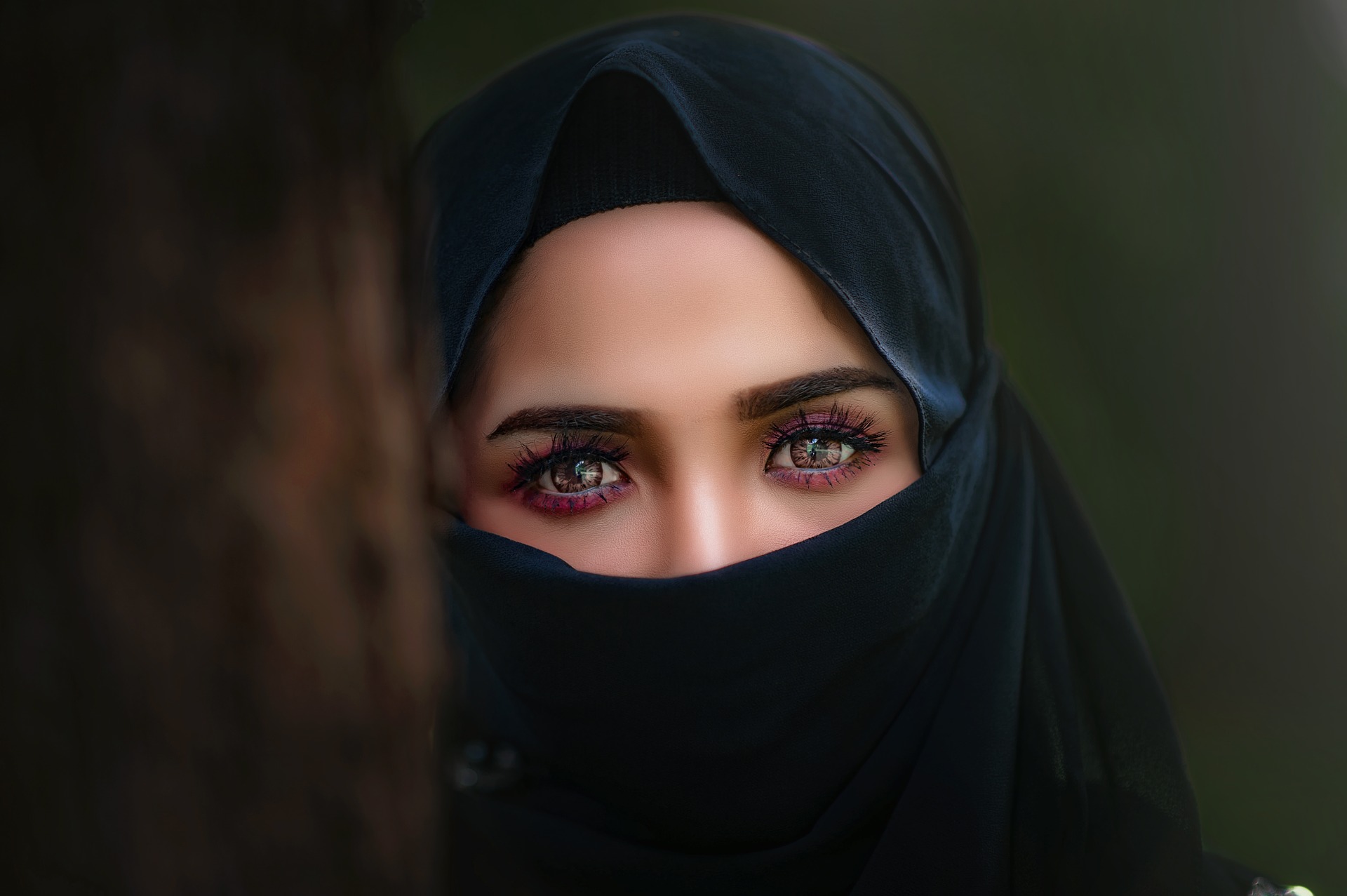Author: Adriana Bella

Portrait photography deals with pictures that capture a person or a group of people where the facial expressions, the mood of the moment, and the special features of the personality of the subjects are highlighted. A portrait is a well-composed image of a person or a group in a still position. Portraits generally are done to remember a date or a special occasion such as a wedding, graduation, anniversary, or reunion.
When it comes to portrait photography it can be done on the traditional lines or it can be done in a more innovative style that will express the mood of the moment with more eloquence. Striking portraits are remembered forever and treasured by many. Traditionally, the subjects in the portrait stare straight ahead at the camera which is positioned at eye level. However, if you change the angle of the camera it will add a completely different aspect to the portrait. Shooting from up, down, or up close can give an interesting perspective to the whole exercise.
The most important feature in a portrait is the subject’s eyes. Looking straight down the lens is the most common and traditional way which is great for establishing a connection with the person looking at it. You can also have the subject looking off-camera with the focus on something outside the frame. It is intriguing to the onlooker and created interest in the portrait. This has to be handled with care so as to keep the focus on the picture and not take it totally to the edge of it. The subject can be looking at something within the frame and this second point of interest can create its own story within the portrait.
The placement of the subject is also important to a portrait. The dead center or placing them with the use of the Rule of Thirds should be done as befits each picture that you are composing. There are no hard and fast rules about this and being imaginative will ensure a great portrait.
Another aspect of portrait photography is the lighting and how the different effects are used to highlight facial features, the body, or the background. The possibilities are endless and need only be limited by your imagination. Side-lighting, backlighting, and silhouetting the subject can work out perfectly for portraits. Partially obscured features at times can be very powerful in a portrait.
The traditional portrait shots have nothing to show in the way of originality. If the subject is good, the portrait is good. On the other hand, if the portrait can be made to look more than interesting it will really stand out. So, get the subject to do something that will involve activity and the photographs that you shoot at this time will show the subject in a more upbeat light. Less posing and more candid photographs will definitely be better. This works amazingly with children.
Focusing on a prop or a body part is another way of taking portraits. Composing the photograph can be a lot of fun when you are working with a prop or focusing on one body part. Obscuring a part of the subject in the portrait can be very powerful as this creates all sorts of emotion. Another method that can be used especially when working with children is to take a series of pictures that capture a certain movement and can be presented together as a series.
With all these tips for portrait taking you can refine your techniques even further with practice. So, experiment and learn the best way that will suit you and make it your signature style.
About the Author:
Adriana Bella is a professional graphic designer and passionate photographer. She has 4+ years of experience. She has recently created and published her vast collection of photography templates available online at www.artcodesign.com





